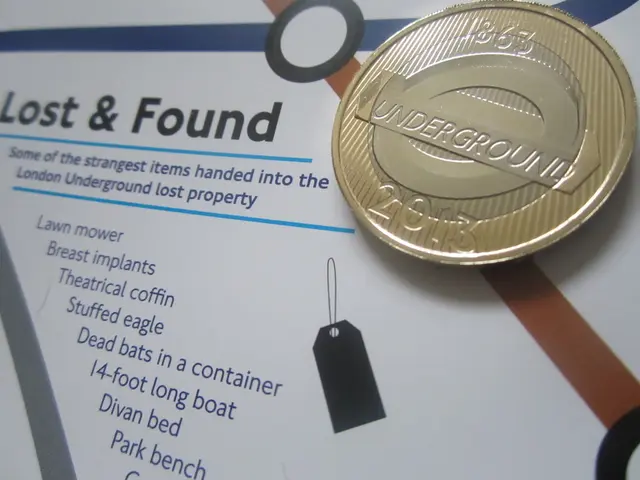Start AI Creation Today: A 5-Step Guide to Developing Your First Artificial Intelligence Assistant
In the realm of technology, AI assistants have become a common feature, designed to automate repetitive tasks, provide quick insights, and offer personalized support. Our focus today is on creating a simple weather and fact-telling AI assistant. Here's a step-by-step guide on how to build one.
Step 1: Defining the Purpose and Scope
Before diving into the development, it's crucial to clearly define the purpose and scope of the assistant. For our project, the assistant will address a specific pain point: providing real-time weather updates and fun facts.
Step 2: Key Considerations for Scope
When defining the scope, key factors to consider include functionality, interaction method, platform, and target audience. The weather assistant, for instance, will need a weather API to fetch real-time data and a fact API for fun facts.
Step 3: Embracing Artificial Intelligence and Machine Learning
AI assistants use artificial intelligence (AI) and machine learning (ML) to interpret human language, process data, and respond in a helpful, conversational manner. While our simple weather and fact assistant might not require extensive ML training data initially, it will still benefit from these technologies.
Step 4: The AI Assistant Starts to "Think" and "Speak"
In Step 4, the AI assistant starts to "think" and "speak" by processing user input and generating appropriate responses. This is made possible through Natural Language Processing (NLP), a branch of AI that enables computers to grasp, interpret, and generate human language.
Step 5: Communication with External APIs
When you receive data from APIs, it often comes in formats like JSON (JavaScript Object Notation) and needs to be parsed to extract the specific data needed. For our weather assistant, this will involve fetching and parsing weather data from a weather API.
Step 6: Programming Language Selection
For our example weather and fact-telling assistant, Python is an excellent choice for programming language. It's user-friendly, versatile, and well-suited for AI development.
Step 7: Data, the Fuel for AI Systems
Data is the fuel for any AI system, and to build intelligent and responsive AI assistants, they need data to learn from and process. Initially, our simple assistant might start with rule-based understanding, while more advanced assistants would use NLP techniques like tokenization, part-of-speech tagging, and Named Entity Recognition (NER).
A Brief History of AI Assistants
The development history of AI assistants behind this project traces back to the 1960s with Eliza, the first chatbot created by Joseph Weizenbaum, which used scripted responses based on keywords. This evolved through various stages including PARRY in 1972, which simulated emotional responses and passed basic Turing tests. Modern AI assistants have significantly advanced with models like OpenAI's GPT series, culminating in GPT-5 in 2025, featuring unified systems and autonomous AI agents that can perform complex tasks with minimal human supervision. The underlying technology integrates natural language processing, reinforcement learning, and agentic AI to enhance efficiency and autonomy in tasks such as customer support and data analysis.
As we continue to refine and develop our weather and fact-telling AI assistant, we'll delve deeper into these concepts and bring our assistant to life. Stay tuned for more updates!
Read also:
- YouTube has disbursed over $100 billion to content creators on its platform since the year 2021.
- Investment of $20 million in strategy by the Aqua 1 Foundation of the UAE in Above Food
- Wealthy entrepreneur David Tepper plans to divest from Nvidia and AMD to invest in a forward-thinking corporation with a market potential surpassing $200 billion.
- Revival of US AI Chip Industry Kickstarted by Tesla-Samsung Partnership







